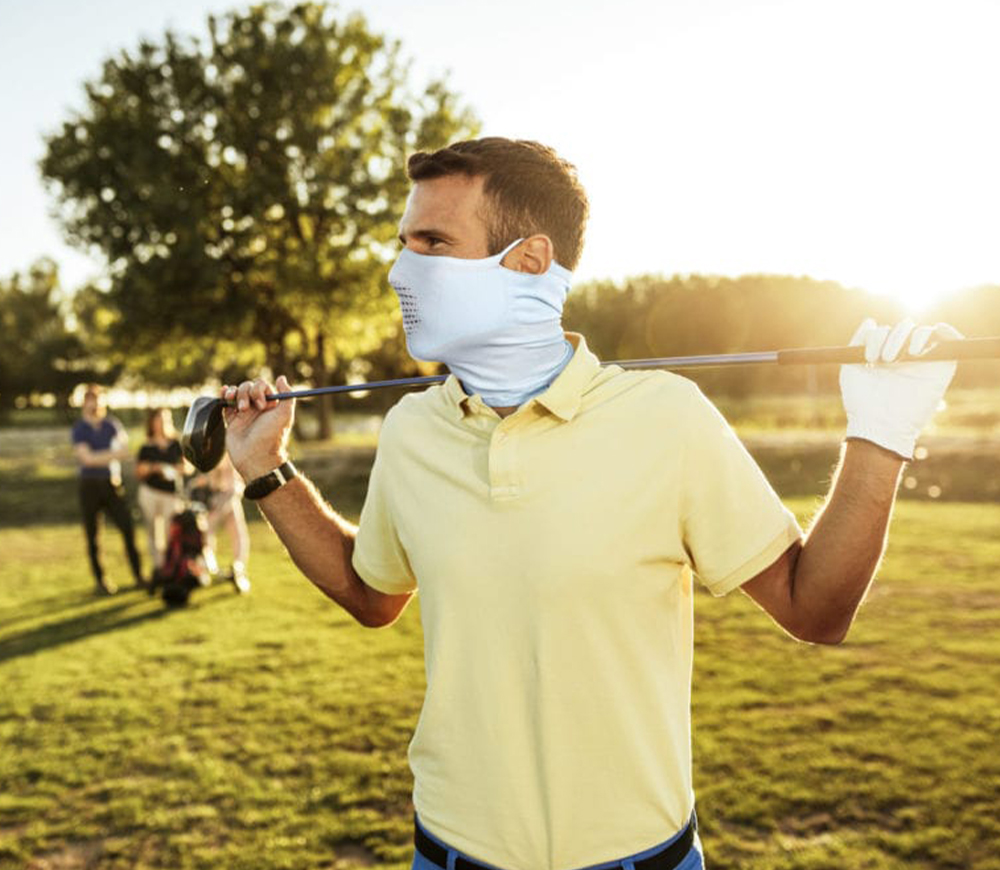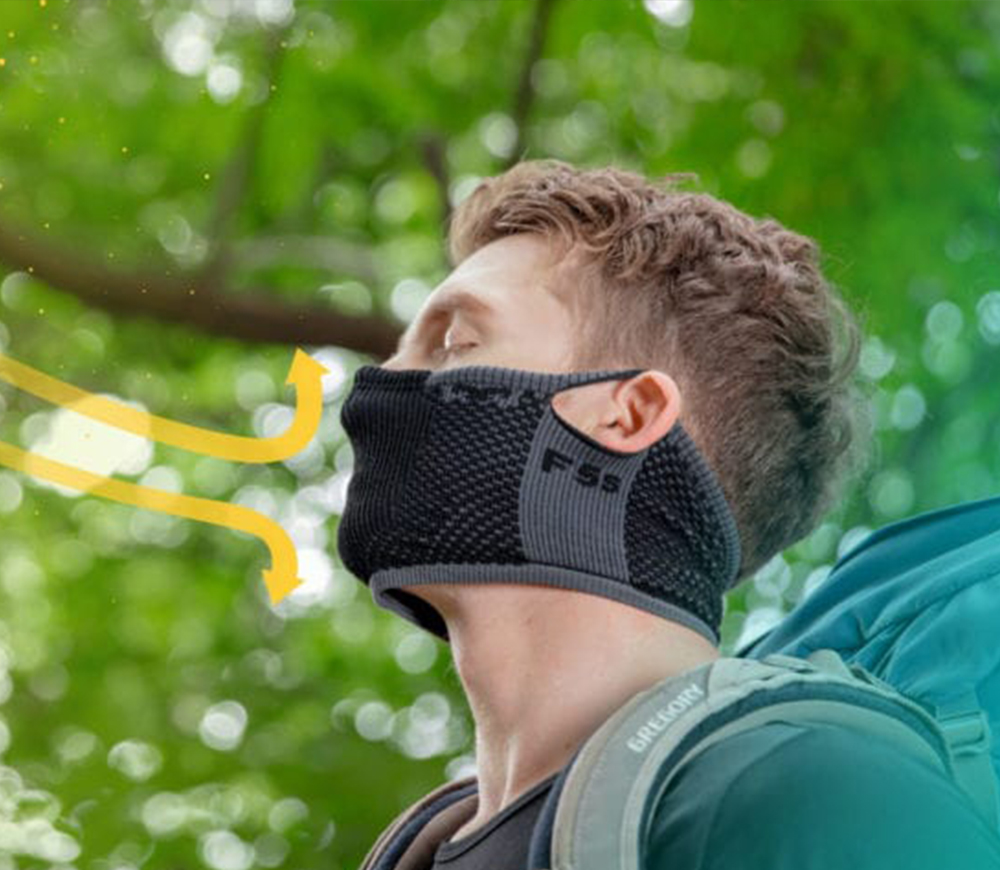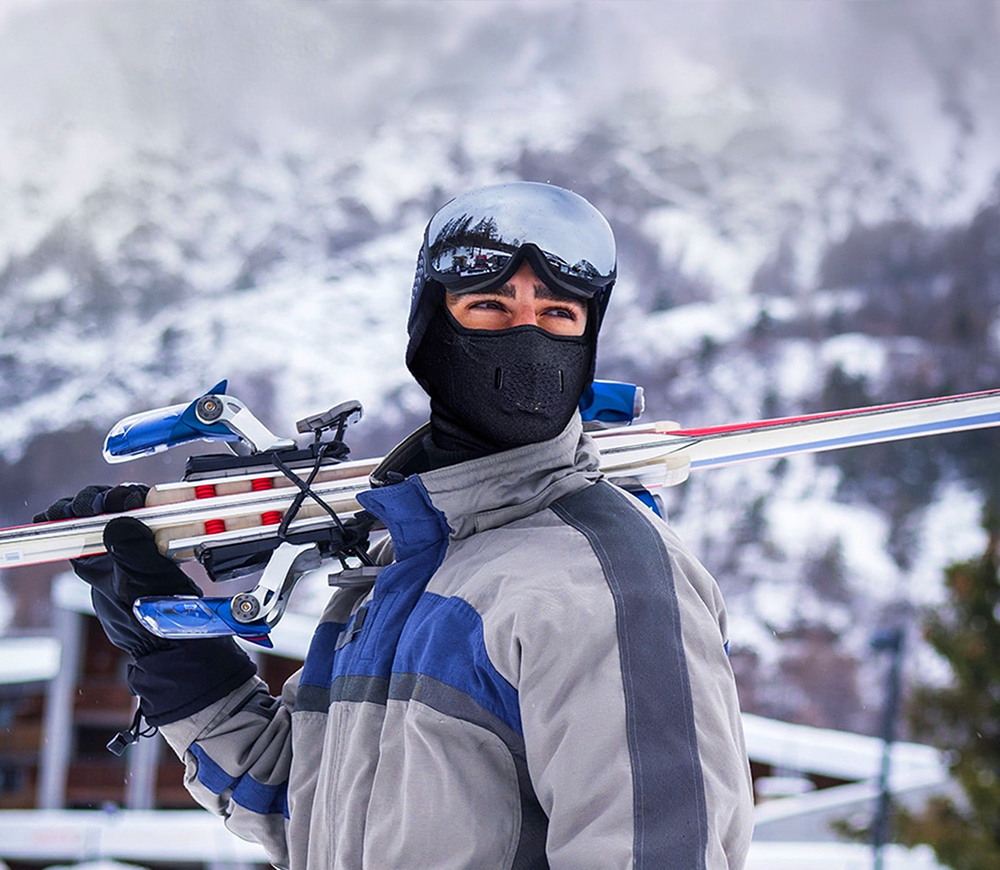Key takeawaysWithout protection, ultraviolet( UV) light from the sun and other sources can be dangerous.Sunscreen is a great way to cover yourself, but there are numerous other helpful tools.Wearing face covering is a good option how you can protect your most valued part of body. 5 Ways to Protect Your Skin From the Sun Without Sunscreen From increasing your vitamin D levels to improving your mood, sunlight can improve your health in many ways. However, unprotected sun exposure can be unhealthy. The sun produces harmful ultraviolet (UV) radiation that can cause problems such as sunburn and sun poisoning. It can also cause other side effects, such as premature aging, skin cancer, and eye damage. And it’s not just the sun. Artificial UV sources such as solariums are also harmful.A daily sunscreen goes a long way in protecting you from UV rays. But there are other ways to protect yourself. Read on for helpful skin protection strategies that will come in handy on your next beach vacation or other outdoor activity.Everyone knows that exposure to ultraviolet (UV) radiation increases the risk of developing skin cancer, but most will never properly protect themselves when outdoors being active under the sun. UV rays are the main cause of sun-damaged skin. By harming the skin’s cellular DNA, excessive UV radiation encourages genetic mutations that can lead to skin cancer.It’s not only the sunbathers who are at risk of developing skin cancer. We may be exposed to high levels of UV every second that we are outdoors, no matter the activity. Even light sun exposure adds up over time and increases the chance of health concerns in the future.Although the sun’s heat is at its hottest in Summer, it’s not the only season to worry about for strong UV presence – even on cloudy, cold days where you might feel protected from the sun, harmful rays are still present even if it doesn’t appear to be. Proper protection is essential throughout all seasons.But how do we shield ourselves from this ever-present radiation?During outdoor activities, sunscreen alone isn’t able to block all UV rays. Sunscreen is only effective for around two hours, after which it needs to be generously reapplied. This can be inconvenient when in the middle of an activity, competition, or task: you may be unable to reapply sunscreen on your skin in time or simply forget to do it again at all. Facial skin is also too delicate and sensitive for large amounts of sunscreen and many people do not enjoy the thick, sticky feeling of wearing it on their skin.1. Cover yourself with cooling neck gaiter or face covering mask and a hatYou can protect yourself from UVA and UVB rays by covering your skin with protective clothing, face covering and a hat. However, certain garments offer more protection than others. You can look for clothing items with a UV Protection Factor (UPF), which indicates how well the fabric protects your skin from UV rays. For example, A UPF 50 shirt blocks approximately 98% of the sun’s UV rays. The Skin Cancer Foundation (SCF) requires a UPF of 30 or higher to award the seal of recommendation for effective sun protection.However, your clothing doesn’t have to have an SCF rating to provide sun protection. The degree of protection your clothing provides depends on several factors, including:Colour:Fabric color is one of the most important factors in determining UV protection. Also, research shows that dark colors such as blue and red block sunlight better than lighter colors. This is because it absorbs more UV rays. material:Clothing made from tightly woven fabrics such as denim, wool, and polyester are less likely to transmit UV rays than light, loosely woven fabrics such as unbleached cotton or mesh. You can test the clothes by holding them up to the light. If the fabric is see-through, it may not provide enough protection.Style:It helps to cover the skin as much as possible. This can be done with certain styles of clothing such as long-sleeved shirts, wide-brimmed hats, long pants or skirts. fit:Loose clothing can reduce sun exposure. Because tight clothing can stretch or tear, allowing more UV rays to reach your skin.Wet clothing is also less protective. So don’t forget to change your clothes when you disembark if you plan to explore the pools or the ocean.NAROO sports masks are ideal for defending your most delicate skin and eliminating health risks in the future. Our masks simultaneously provide complete coverage and allow for easy breathing and comfort in any environment, so that you can forget the fear and focus on the fun. 2. Wear sunglasses to protect your face and eyesUV rays also damage the eyes, eyelids and the delicate skin around the eyes. Luckily, wearing sunglasses can help protect these areas and reduce the risk of conditions like cataracts.But just like your clothes, not all glasses are created equal when it comes to blocking sunlight. may be effective in protecting One way to check the effectiveness of sunglasses is the Eye Sun Protection Factor (ESP®). ESPF measures how well a lens blocks light transmission and UV reflection.If your sunglasses don’t have an ESPF rating, you can look for other factors. The American Academy of Ophthalmology recommends looking for sunglasses that block 99% to 100% of all types of UV rays.3. Use an umbrella or parasol when going outUmbrellas aren’t just for rain. Umbrellas and parasols can be used to prevent UV rays from directly hitting your skin. However, research shows that it does not block the scattered or diffuse UV rays commonly found on beaches. Therefore, this shading tool works best when used in conjunction with other sun protection strategies, such as wearing sunscreen and protective clothing.4. Avoid UV raysThe sun is not the only source of harmful UV rays. Some man-made sources include:Solarium:Tanning beds emit dangerous UVA and UVB rays similar to the sun. This, along with other forms of indoor tanning, can increase your risk of skin cancer and prematurely age your skin.It can also cause eye damage and weaken your immune system.Mercury vapor lighting:Mercury lamps are designed to provide long-lasting light. People
The Best Face Masks For Running Outside For 2023 We exercise to stay healthy. All year round, we head outdoors to work out. But in the winter, conditions are especially challenging. Not only is it uncomfortable to exercise in the cold, but it can be downright painful. Without a solution, freezing conditions can harm our health and chip away at our willingness to head outdoors to exercise. Let’s examine why exercising in winter poses a challenge and then tackle that challenge head on. What happens when we exercise in the cold? When we exercise in the cold, the struggle of our respiratory system (and subsequently other systems) can diminish our performance. How does this happen? Our vital capacity is significantly reduced, which means that the maximum amount of air expelled from the lungs after maximum inhalation is reduced. Our bronchial tubes, lungs, and mucous membranes become irritated and often dehydrated. Simply, they don’t like cold air. Our respiratory systems tighten and struggle to warm cold air causing asthma-like symptoms. Not only do casual athletes suffer from these cold weather breathing symptoms. Professional athletes struggle as well. During the Winter Olympics, many athletes report having respiratory problems. 50% of cross-country athletes and 43% of short-track speed skaters have experienced exercise-induced asthma. Why does all that happen when we exercise in the cold? Our respiratory systems like warm, most air. When we breathe in, our nose and bronchial tubes naturally warm and moisten the air before it enters our lungs. However, while exercising in the cold, our bodies are unable to efficiently warm and humidify the constant onslaught of cold, dry air. As a result, our airways narrow and consequently, our breathing capacity is limited. This is not ideal for any athlete and begs the question: If we want to go out and exercise, run marathons, or maintain our physiques in winter, how can we do it safely and healthily? Should we just exercise indoors? We could, but… If you don’t want to be limited to indoor activity, read on. Only one solution to wintertime breathing struggles is to head inside. Snow Face Mask Winter Sports Face Masks Solution: A Winter Sports Outdoors Warm Air Mask Studies have shown that exercising in cold environments can have a positive effect on our endurance, calories burn, and wintertime vitamin D intake. Plus, getting outdoors is liberating. When our airways are properly protected, continued outdoor activity isn’t a problem. So how do we take advantage of wintertime exercise benefits and avoid respiratory problems? An easy-breathing mask. A mask that keeps us comfortable and warm while controlling moisture. This mask also is integrated with unique fabric and internal ventilation mechanisms. A mask like this will help warm the air, maintain the required humidity, and also keep your face, neck, and head warm, allowing the warming process of the air to be performed more efficiently.We at NAROO Mask have developed a mask that can provide all these necessary breathing tools. A sports mask to protect athletes and sportspeople from cold air and wind, helping us focus on performance. NAROO winter masks are specifically developed to warm the air before it enters the respiratory system while also keeping us dry and comfortable while exercising. Check out our line of masks perfect for facing the cold. Choose a mask depending on your sporting needs. Whether you’re a runner with asthma, or a skier who spends your days in the snow, there is a mask for you. We recommend the N9H, Z9H, Z5H, X5, and F3H models for the winter season. See you out there. Select options Z5H – Breathable Anti-Fog Half- Balaclava with Built-in 3D Air-Room Rated 4.75 out of 5 based on 12 customer ratings 60.00 USD Select options Z9H – Anti-Fog Zip-up Half-Balaclava with Built-in 3D Air-Room Rated 4.33 out of 5 based on 3 customer ratings 95.00 USD Stock Out Select options T-BONE5+ Futuristic Windproof Sports Neck Gaiter with Built-in 3D Air-Room Rated 5.00 out of 5 based on 3 customer ratings 65.00 USD Select options EX-HALE – Anti-Fog Ventilation Module for Z9H Rated 3.50 out of 5 based on 2 customer ratings 25.00 USD Stock Out Select options R5 – Insect Protection Anti-Fog Sports Face Cover Rated 4.00 out of 5 based on 1 customer rating 80.00 USD Select options X5H – Breathable Windproof Half-Balaclava Rated 5.00 out of 5 based on 4 customer ratings 18.00 USD Select options X5s – Breathable Multifunctional Sports Face Mask Rated 4.65 out of 5 based on 17 customer ratings 15.00 USD Select options X5 – 2-in-1 Reversible Breathable Windproof Neck Gaiter Rated 3.50 out of 5 based on 4 customer ratings 20.00 USD Stock Out Select options X3F – Lightweight Breathable Military Balaclava Rated 5.00 out of 5 based on 2 customer ratings 37.00 USD Select options X1 – Breathable Thin Quick-Drying Neck Gaiter with Ear Loops Rated 5.00 out of 5 based on 2 customer ratings 20.00 USD



